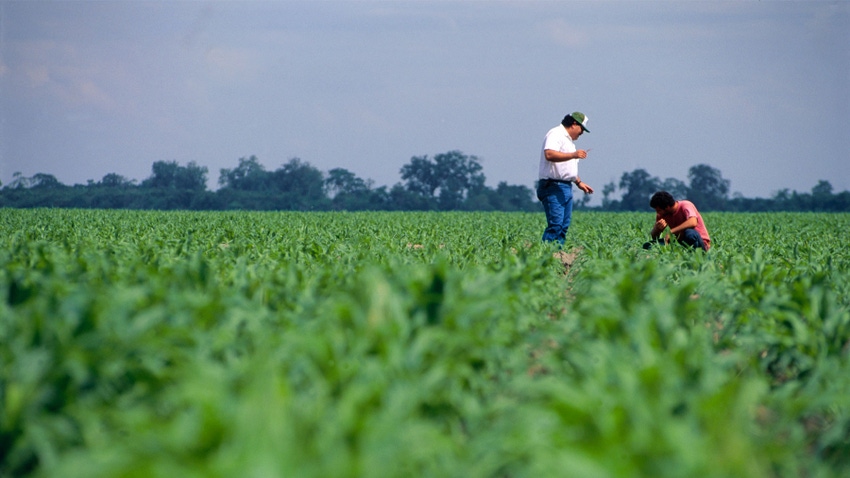July 14, 2023

by John Manago
For many Michigan livestock producers, the first half of the 2023 growing season has challenged emergence of corn intended for silage and severely reduced first- and second-cutting alfalfa yields because of record-low precipitation levels.
It’s a sure bet that hay is hard to find — whether it be on your farm or in the area, and it's a safe bet that corn silage tonnage potential has already been compromised. Farmers faced with finding a drought-tolerant forage alternative may want to consider forage sorghum.
To clarify, forage sorghum is often a term that can cause confusion. In this case, however, the focus is on sorghum and sudangrass or sudangrass hybrids. Many use the term “haygrazer” for these crops, which is very descriptive given that the two end uses are either haying or grazing.
If there are between 40 to 90 days of growing season left, planting forage sorghum can supplement diminished hay supplies. Sorghum species are more drought-tolerant than many other forage options and may be planted well into July.
And, if forages are needed quickly, these hybrids may be harvested or grazed within weeks of planting.
Forage sorghum comes as either headed or headless. Headed forage sorghum is what most people envision when they talk about “haygrazer” crops. With this type of forage sorghum, the highest quality occurs when it is harvested right after the plant is heading and it’s shedding pollen.
Headless forage sorghum, as the name suggests, will not produce a head until October in most environments, and only produces leaves and stems during the summer. These hybrids will normally produce the highest yields, and because there is no heading event, harvest can occur whenever the farmer is ready.
Additionally, many should be familiar with the BMR trait and know that BMR forages are lower in lignin and more digestible. BMR forage sorghum should be available in both headed and headless options and is a good option for increasing fiber digestion in livestock and dairy.
In farming, the ability to pivot is a must. Should your original 2023 plan for alfalfa fall through and you’re in need of hay to feed or forages to graze, planting sorghum and sudangrass or sudangrass hybrids are great options.
Sordan 79 and Sordan Headless are great conventional hybrids, while SP4105 BMR and SP4555 BMR are excellent BMR choices from Sorghum Partners.
You can read about how forage sorghum is a great financial alternative and tolerates drought in this past blog on Sorghum Partners, or click here to find out where to purchase one of many sorghum varieties.
Manago is a marketing manager at S&W Seed Co.
Source: Michigan Farm Bureau
You May Also Like




